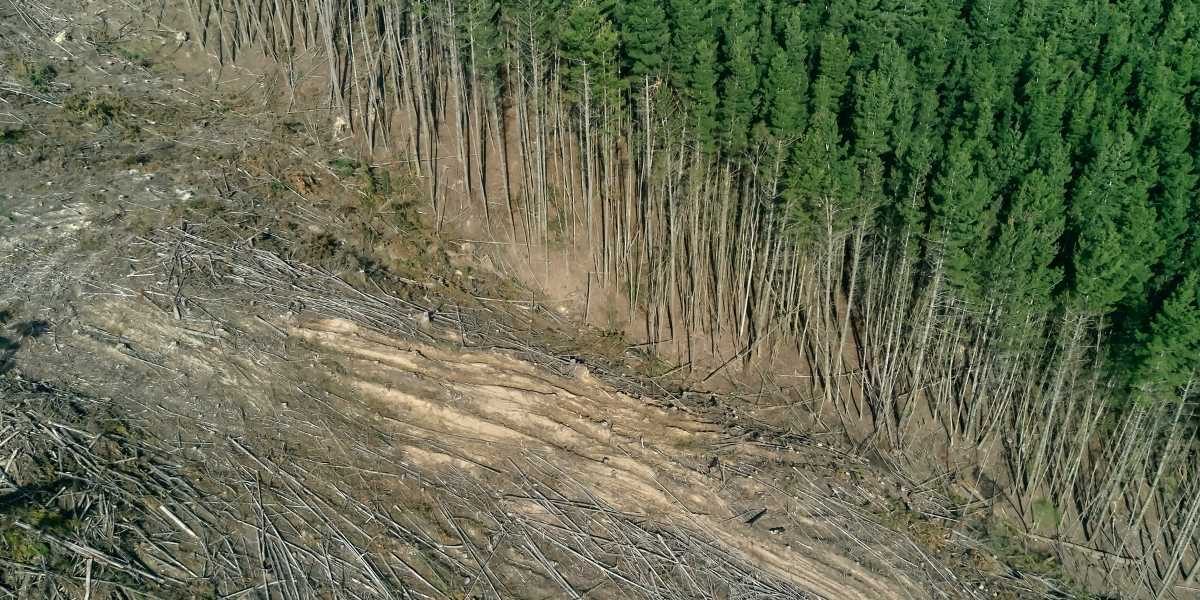Effects of Deforestation on Global Temperatures
Deforestation is one of the most significant environmental issues facing the planet today. The removal of forests, particularly tropical ones, has far-reaching consequences not just for local ecosystems but for the entire globe. One of the most concerning effects of deforestation is its impact on global temperatures. Forests play a crucial role in regulating the Earth’s climate, and their destruction accelerates climate change, contributing to rising global temperatures.
Read Also: Artificial Food Dyes: What West Virginia’s Ban Means for Public Health
How Does Deforestation Affect the Climate?
Forests are often referred to as the “lungs of the Earth” because of their ability to absorb carbon dioxide (CO2) from the atmosphere. Trees take in CO2 during photosynthesis and release oxygen, helping to reduce the levels of greenhouse gases in the atmosphere. When forests are cleared, this carbon-absorbing capacity is lost, and the carbon stored in trees is released back into the atmosphere. This process significantly increases the concentration of greenhouse gases, which in turn contributes to global warming.
In addition to carbon sequestration, forests help to regulate local and global climates through processes like evapotranspiration. As trees release water vapor into the atmosphere, they help to maintain the water cycle, which affects precipitation patterns and weather conditions. Without forests, many regions may experience more extreme weather, such as droughts or floods, further exacerbating the effects of climate change.
Which Areas Are Most Affected by Deforestation?
Tropical forests, particularly in the Amazon, Southeast Asia, and Central Africa, are among the most critical ecosystems for regulating the global climate. These forests are particularly vulnerable to deforestation due to agricultural expansion, logging, and urbanization. When these forests are cut down, the impact on global temperatures is especially pronounced. The Amazon Rainforest, often called the “planet’s lungs,” alone absorbs about 2 billion tons of CO2 annually. Its destruction would have severe global consequences, contributing significantly to rising temperatures.
Other regions, such as Southeast Asia, have seen extensive deforestation driven by palm oil production and logging. These areas are not only biodiversity hotspots but also play a vital role in maintaining regional and global weather patterns. The loss of forests in these areas leads to more rapid increases in global temperatures, as well as a decrease in the availability of fresh water for surrounding populations.
How Does Deforestation Lead to More Extreme Weather?
Deforestation affects global temperatures in a variety of ways, but one of the most concerning is its contribution to more extreme weather patterns. Forests act as natural buffers, regulating temperature and humidity. They help to maintain a stable balance in regional climates, and when they are destroyed, the loss of these natural protections can lead to unpredictable weather events.
Without forests to absorb excess heat and maintain moisture, temperatures rise more quickly. This leads to more frequent and intense heatwaves, especially in regions that were once cooler due to forest cover. The absence of forests also disrupts rainfall patterns, causing some areas to experience droughts, while others may face devastating floods. The frequency and intensity of these extreme events are likely to increase as deforestation continues.
What Are the Solutions to Mitigating Deforestation’s Impact on Global Temperatures?
To address the issue of deforestation and its impact on global temperatures, a multifaceted approach is required. Efforts to protect existing forests, reforest areas that have been cleared, and reduce carbon emissions are all critical components of a solution.
Preserving forests through policies and legal frameworks that prevent illegal logging and deforestation is essential. Many countries have started implementing stricter laws to protect their natural resources, but enforcement remains a challenge. Governments, in collaboration with non-governmental organizations (NGOs) and local communities, must work together to strengthen conservation efforts.
Reforestation and afforestation initiatives are also crucial in mitigating the effects of deforestation. Planting trees in areas that have been deforested or in places where forests do not exist can help restore balance to the climate. These efforts not only sequester carbon but also help to restore biodiversity and enhance local water cycles.
Finally, reducing the demand for products that drive deforestation, such as palm oil and timber, is critical. Consumers can play a role by supporting companies that engage in sustainable practices and reducing their consumption of products linked to deforestation.
Read Also: How Modern Transportation Is Shaping the Future
Can Deforestation Be Stopped in Time?
The question remains: Can deforestation be halted in time to prevent further temperature rise? While global efforts are underway to curb deforestation and mitigate its impacts, the problem remains vast and complex. The need for stricter regulations, sustainable economic practices, and global cooperation has never been more urgent. If deforestation is not addressed, global temperatures will continue to rise, and the impacts on the planet’s ecosystems and human populations will become increasingly severe.








